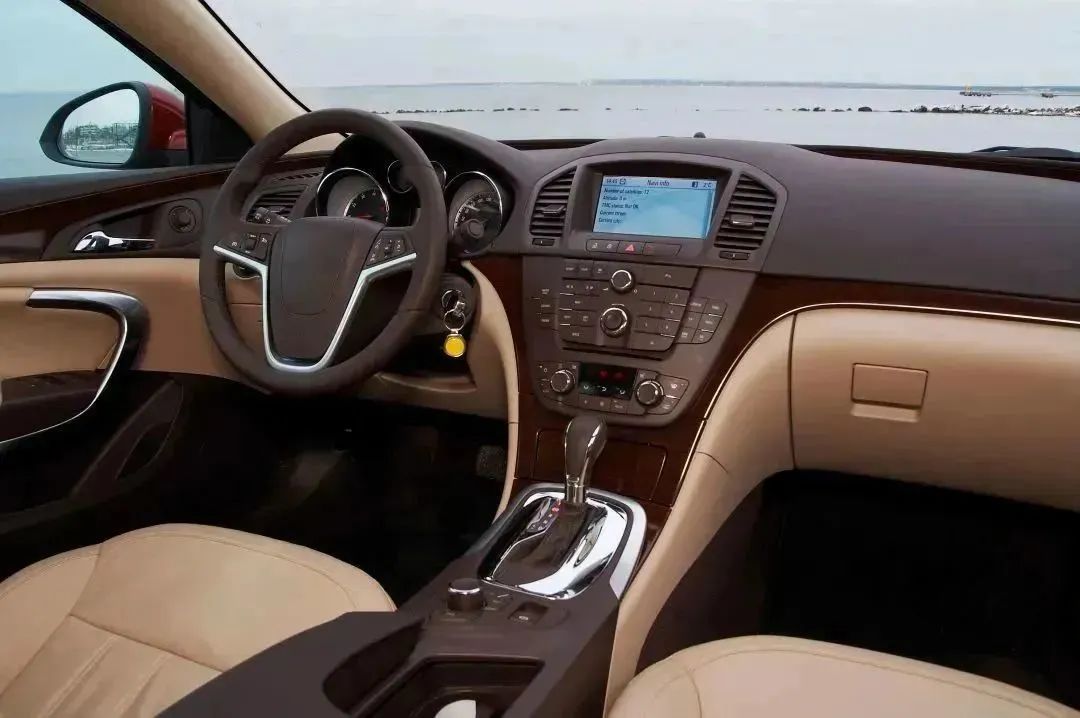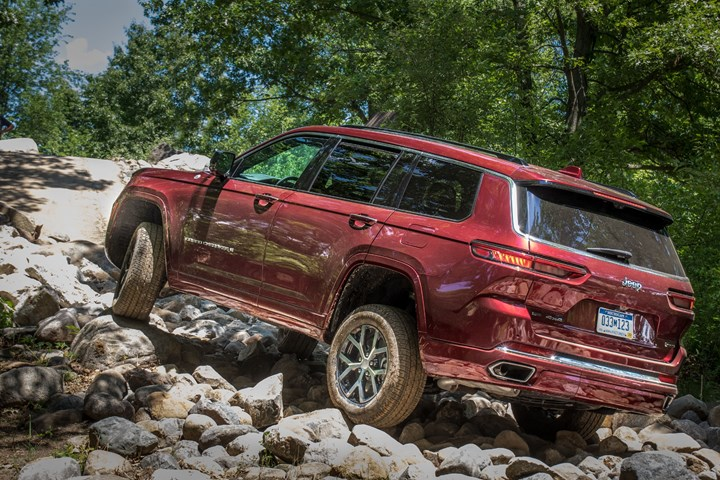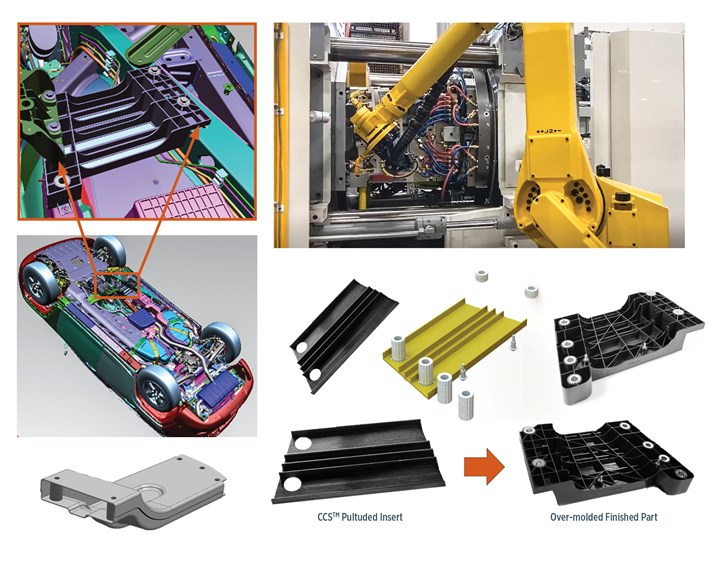Automotive chassis components usecompositesto reduce weight
A long time ago, all simple automotive applications moved from glass and metal to plastics and composites. What remains are mainly structural applications on the chassis, with performance requirements that are much higher than those of interior and exterior body panels and various interior components.
On the other hand, among existing metal materials, chassis components make a significant contribution to the mass and carbon footprint of conventional and electric vehicles (EVs), and therefore, chassis components have become composite and hybrid materials. A key goal for the conversion of powertrain systems that combine multiple materials (often metals and composites or several types of composites), as the following five applications will demonstrate.
As automakers seek to reduce the curb weight of conventional and electric vehicles (EVs), metal chassis components have become an important target for conversion to composite or hybrid systems

In each case, the transition from metal to composite or hybrid composite components met or exceeded baseline mechanical properties while reducing quality and tooling costs and eliminating corrosion issues and often improve noise/vibration/harshness (NVH). All of these applications are on high-volume vehicle platforms where affordability is an important factor for success.
01 Off-Road Stability
For off-road enthusiasts, an interesting and visible composite application could be unveiled in the 2022 Ford Motor Company (Dearborn, MI, USA) Found on the Ford Mustang Raptor sport utility vehicle (SUV). Known as a C-bracing, this component is a fully functional structural brace that connects the left and right D-pillars of the rear cargo area to the rear roof rails to increase stiffness and torsional stiffness throughout the vehicle. The mounts also help reduce vibration transfer when “off-road”, improving handling and reducing NVH.
To meet the needs of off-road customers, especially those driving in the desert, Ford Engineering has set a goal of increasing vehicle torsional stiffness by 40 percent to improve vehicle handling and NVH characteristics. The brackets will be very visible in the open cockpit when customers close the top and side/door panels, so maintaining Class A aesthetics – especially under prolonged heat and UV exposure – is important.
Intricate tongue-and-groove glue channels are molded into the shell and core,

To maximize the bonding strength between core and skin
The original design was a two-piece, which later evolved into a three-piece design, which was further refined into what the team Talk about an advanced three-piece design. The latter is a sandwich structure with a core injection molded from 20% short carbon fiber reinforced polyamide 6 (CF/PA6) – Ultramid B3WC4 and a skin/casing made of 35% short glass fiber reinforced PA6 (GR/PA6) – Ultramid B3GM35 Q642 Injection molding. The polymer system was specifically selected to meet Ford’s off-road desert durability requirements. A newly formulated methacrylate adhesive (3M DB8910NS), said to be fast-setting, flexible and heat-stable, is used to bond the three parts together.
The final bracket features multiple assembly design features, including self-centering polyvinyl chloride (PVC) foam, stamped steel sliding L-brackets, and slotted die-cast aluminum brackets to accommodate body tolerance changes and ensure consistent fit with the body Rail Fit
The final composite C-braces help increase the vehicle’s torsional stiffness by 40% while reducing mass by 55% compared to aluminum and 85% compared to steel options . The combination of higher torsional stiffness and lower body weight results in a lower center of gravity compared to conventional materials.
02 Rugged construction for demanding applications

Composite chassis application – this The composite tunnel reinforcement above the exhaust system of the 2021 Jeep Grand Cherokee and Grand Cherokee LSUV uses a pultruded 80% fiber weight fraction (FWF) continuous glass fiber reinforced polyurethane (PUR) structure (BASF’s Elastocoat 74850), which was subsequently Robotically cut to size, then injection overmolded (along with six aluminum pressure limiters and two steel studs) into impact-modified pure (non-reinforced) PA6 (BASF Ultramid 8350 HS).
Hybrid composite tunnel reinforcement bracket debuts in standard wheelbase 2021
The materials are rotary injection molded on a machine with three robots, multiple scanning stations and a laser engraving station Come together in the machine. The process creates a lightweight, corrosion-resistant, multi-material 3D part that can withstand very high axial loads (>70 KN) but is easier to assemble and less costly than steel benchmarks in terms of unit price and tool investment .
L&L Products has developed pultruded inserts using a new resin system from BASF that, when combined with continuous glass fibers, has a strength-to-weight ratio that is three to four times higher than steel or aluminum. L&L’s process/equipment improvements and BASF’s new resin system reportedly enhance the pultrusion process with output exceeding industry standard pultrusion rates of 457-610mm/min is two to three times higher.
The locations of the tunnel reinforcement brackets are shown in the upper left corner and center. The image above right shows a robot loading components onto a rotary press before joining the pultruded structure, along with pressure limiters and studs using overmolded impact-modified PA6 (middle right). At the bottom, the UHSS benchmark for benchmark stamping and MIG welding is shown (bottom left), along with the pultruded insert (bottom center) and the final hybrid composite part (bottom right)
Composites alone or with others The combined use of materials offers a range of benefits not just for carmakers and their parts suppliers, but also for consumers and the planet. Composites are expected to appear in more diverse applications in cars and light trucks amid growing pressure to reduce weight in all categories of passenger vehicles during the industry’s move toward electrification.






